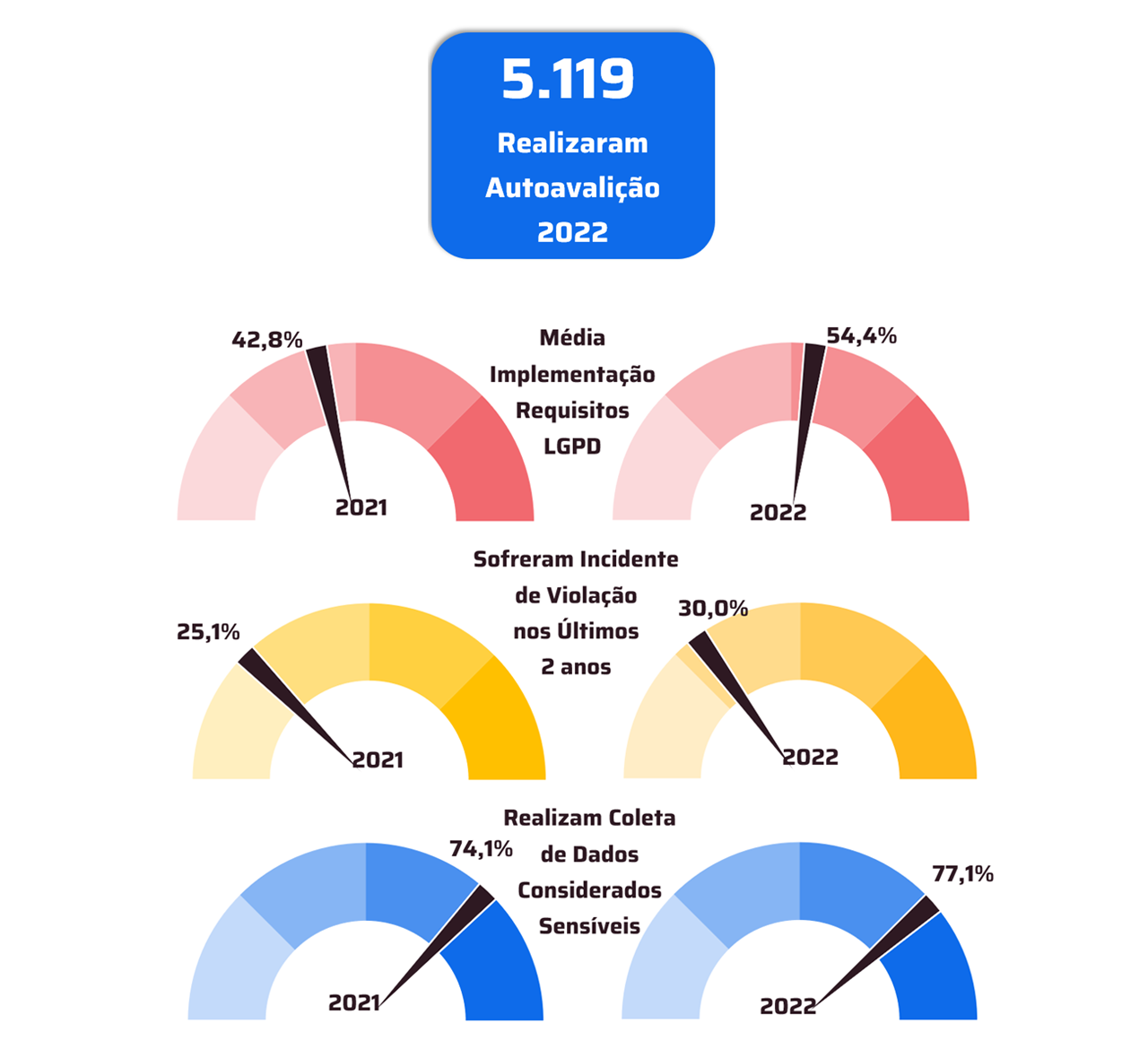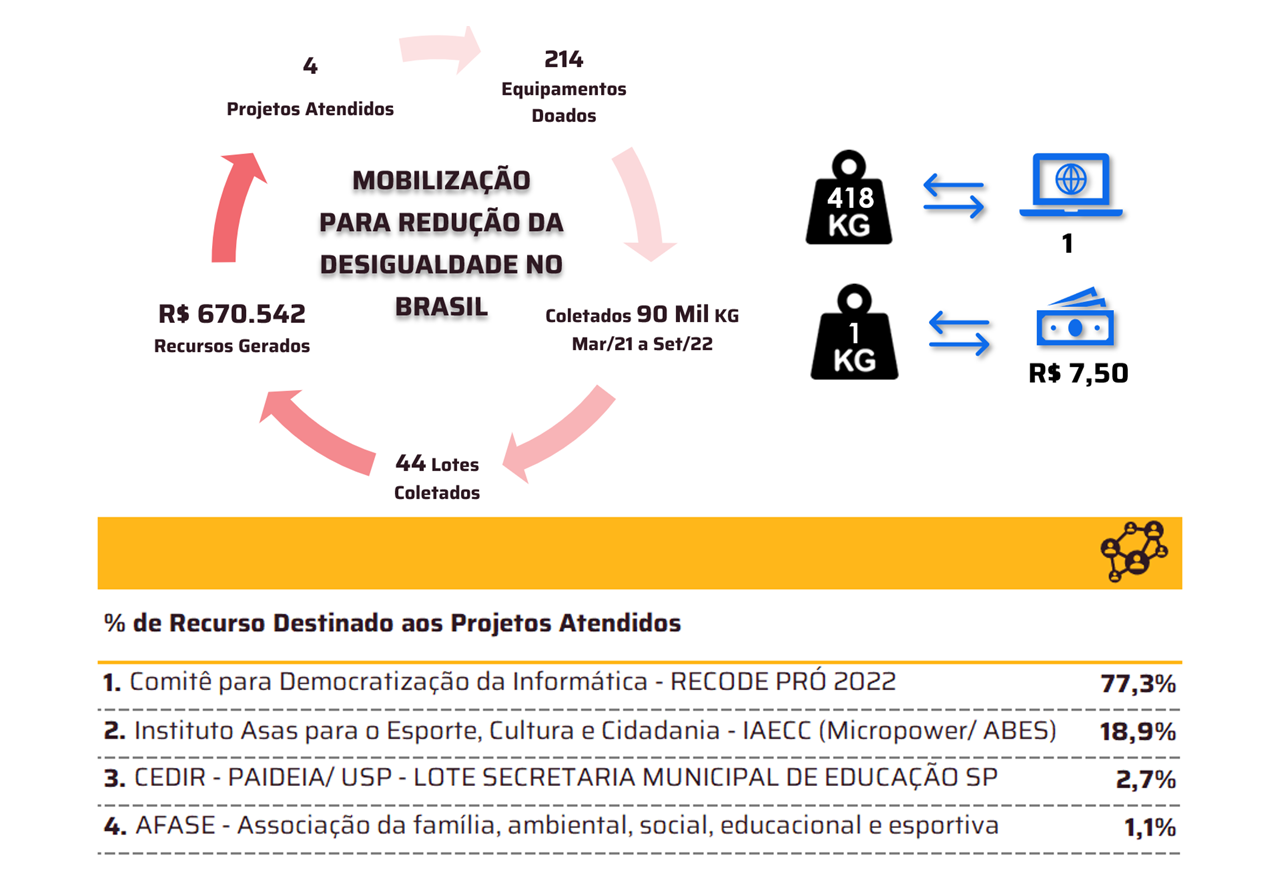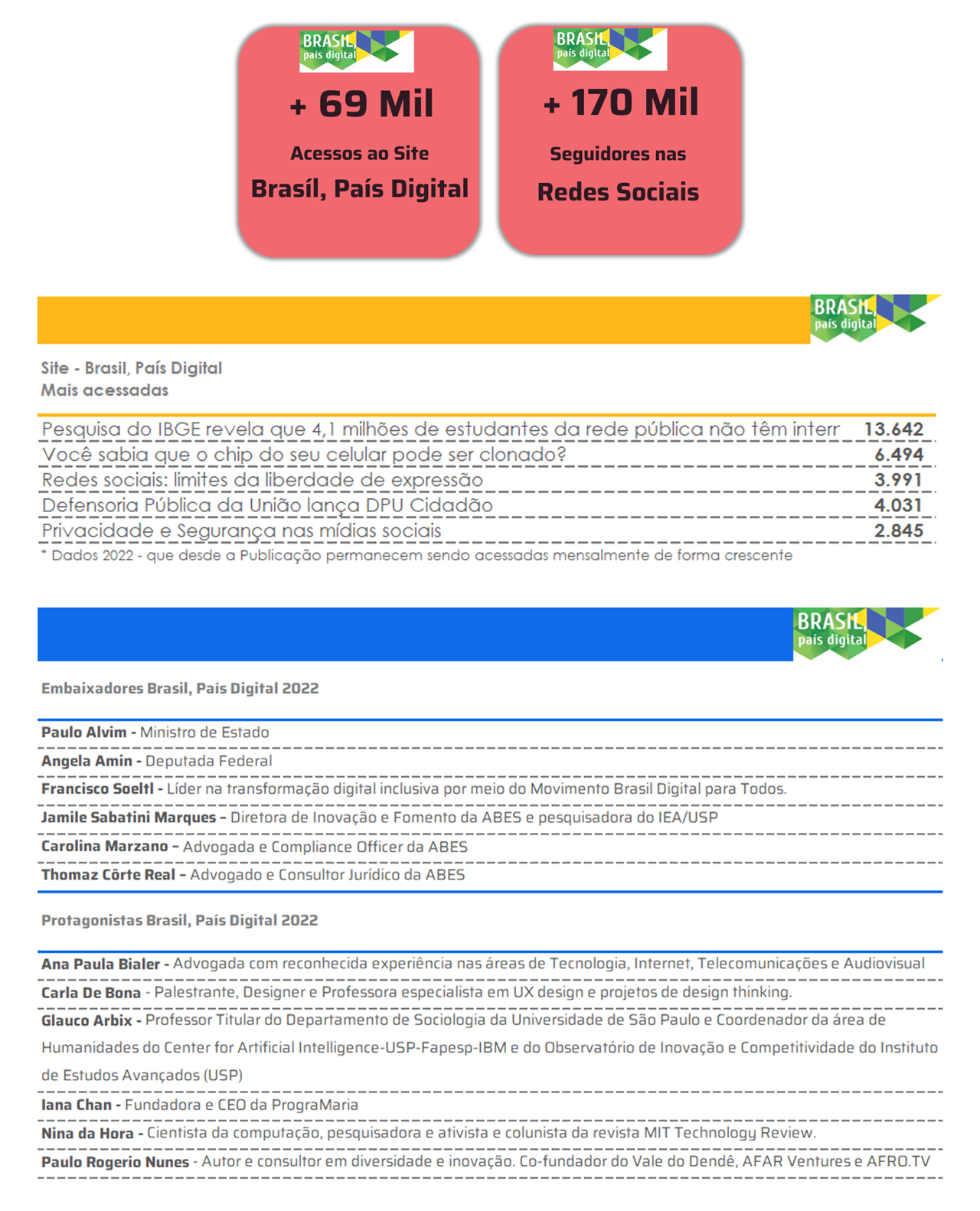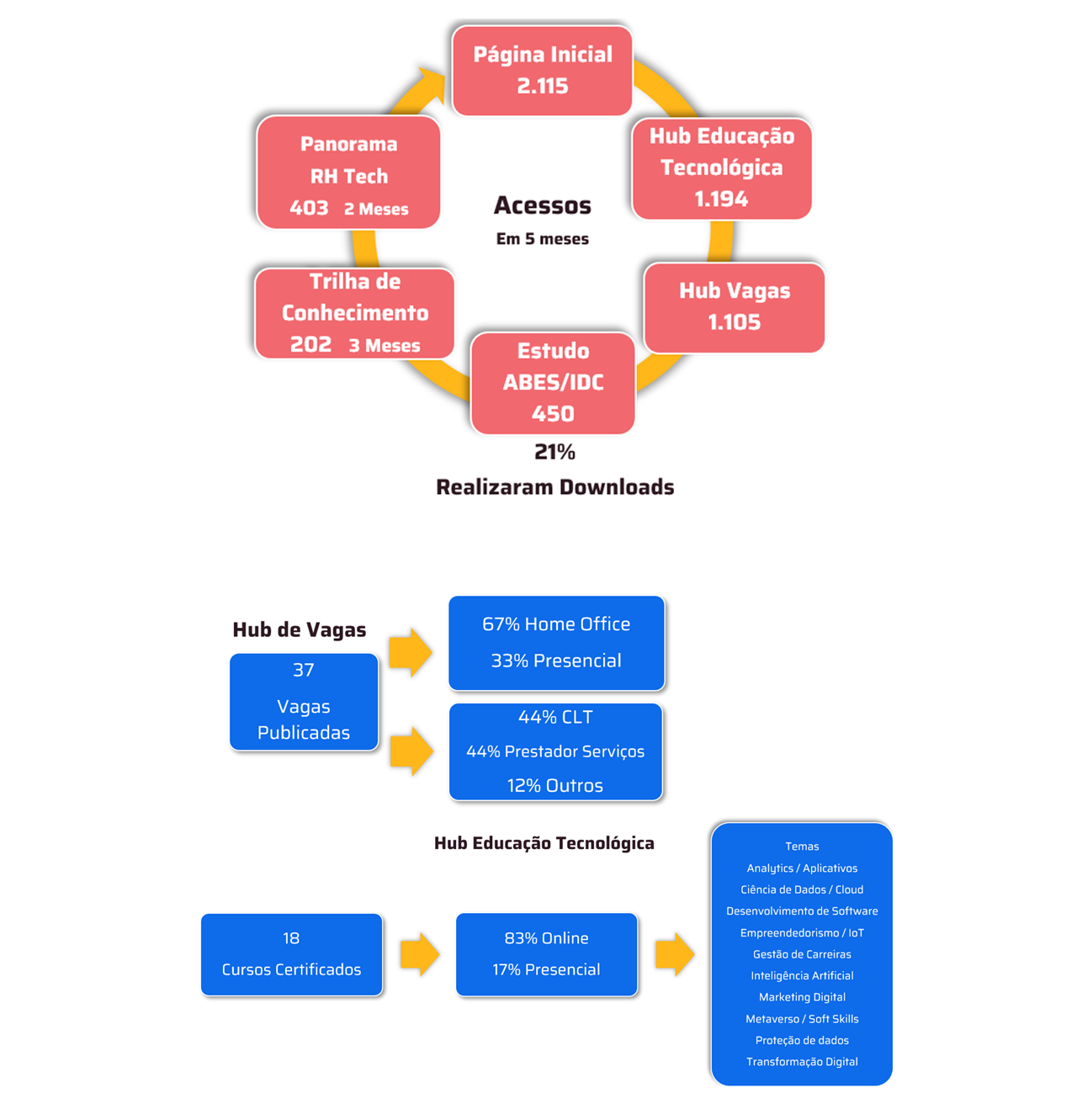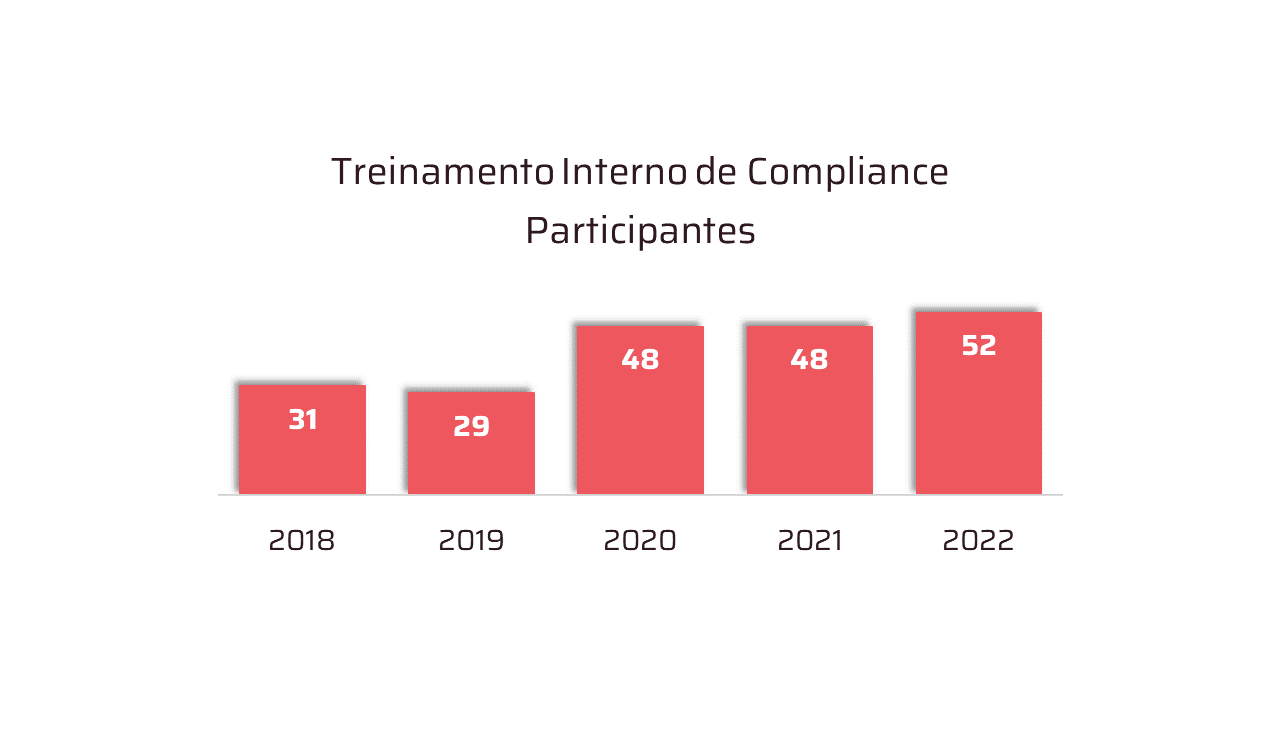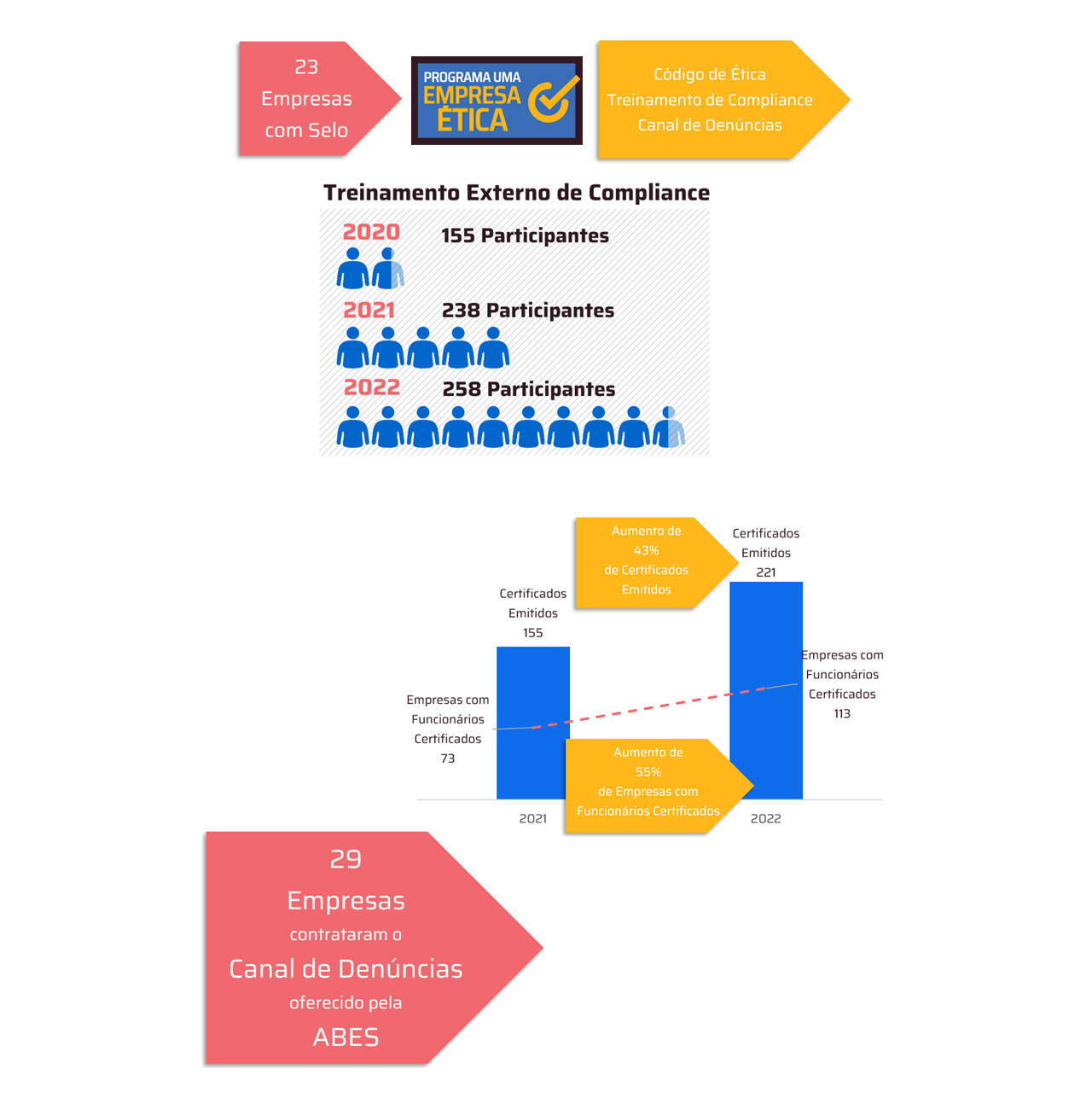 *By Roberto Carvalho
*By Roberto Carvalho
It's no secret that retailers have been able to capitalize on the rapid success of e-commerce and enhance their strategies omnichannel to meet growing customer demands. However, this digital evolution, as beneficial as it is, also creates new operational challenges.
Today’s consumers expect seamless shopping experiences, whether they’re browsing a mobile app, checking in-store inventory, or ordering a home delivery order. Operational disruptions such as slow web pages, payment failures, or security incidents can lead to a poor experience, with the potential to irreversibly damage customer loyalty, brand reputation, and ultimately revenue.
While many retailers already use observability to manage system performance and understand the root cause of issues, observability data can provide even more opportunities to solve challenges beyond traditional application and infrastructure monitoring.
Retail generates vast amounts of data from digital interactions, but without clear visibility into how IT issues impact business outcomes, it can be difficult to identify areas for improvement. This gap can be bridged by linking data to insights Captured through observability data on system performance with business analytics practices. This gives teams a deeper understanding of how IT performance impacts key metrics—such as conversions, revenue, and customer retention—so they can focus on the issues that have the greatest business impact.
For example, a one-second slowdown at the beginning of the customer journey that caused a 50% drop in conversions over the past 24 hours is far more critical than a seemingly larger issue at the end of the process that resulted in a drop of only 10%. By taking a unified approach to business observability and analytics, retailers can empower their teams to make these distinctions in real time, gaining deeper context to understand what’s happening and ensuring high-priority fixes are addressed first.
It’s worth noting that with customer expectations higher than ever, retailers need to shift to a proactive service model. By anticipating and resolving issues before they arise, they can mitigate their impact on the customer experience. For example, insights Observability-driven vendors may identify that an API slowdown is preventing inventory updates from displaying correctly. This needs to be addressed quickly as it can lead to lost revenue opportunities and disappointed customers.
But the benefits extend beyond day-to-day transactions. During peak shopping events, retailers can use observability to test their systems in advance, identifying potential bottlenecks before high volumes of traffic push them to the breaking point. They can also go further by using observability data to drive AIOps workflows, which trigger an automated process to resolve issues without human involvement, preventing the impact from reaching the customer. Such preparation can mean the difference between a record-breaking sales day and a costly system failure.
Fraud remains a major challenge. Fraud attempts rose 3.5% in 2024 compared to 2023, according to research from Equifax BoaVista. As businesses expand their digital presence, fraudsters are becoming more sophisticated in exploiting weaknesses in e-commerce platforms. These threats are not always easy to spot, especially when they involve subtle patterns that develop over time.
Observability data can help combat fraud by providing a holistic view of customer interactions. By continuously analyzing behavioral patterns, retailers have the opportunity to detect unusual activity that traditional security systems might miss. For example, they can use real-time visibility across the entire customer journey to identify suspicious users who are attempting to log in to multiple accounts in succession, and trigger an automated response before any real damage is done from the attack.
Similarly, if a sudden spike in refund requests is traced back to a specific region or IP address using observability data, fraud schemes can be uncovered. A proactive prevention strategy, enhanced with insights driven by observability, can make a big difference in securing business operations and increasing customer confidence.
Observability data has long been used to find and fix digital issues, but now retailers can go beyond the usual resources to proactively address their challenges. Deeper, real-time insights are already enabling companies to make smarter decisions, build stronger relationships with their customers, and stay ahead of the competition.
*Roberto Carvalho, Vice President for Latin America at Dynatrace
Notice: The opinion presented in this article is the responsibility of its author and not of ABES - Brazilian Association of Software Companies





